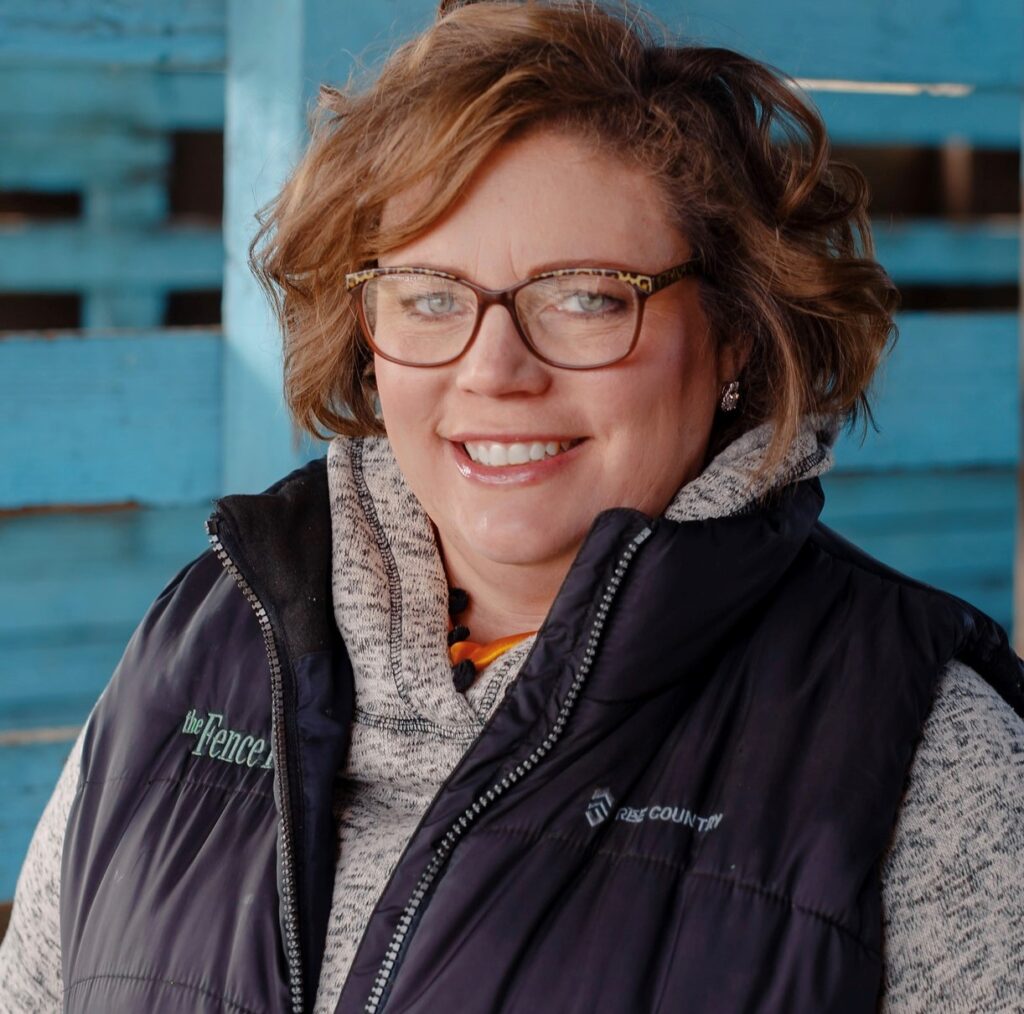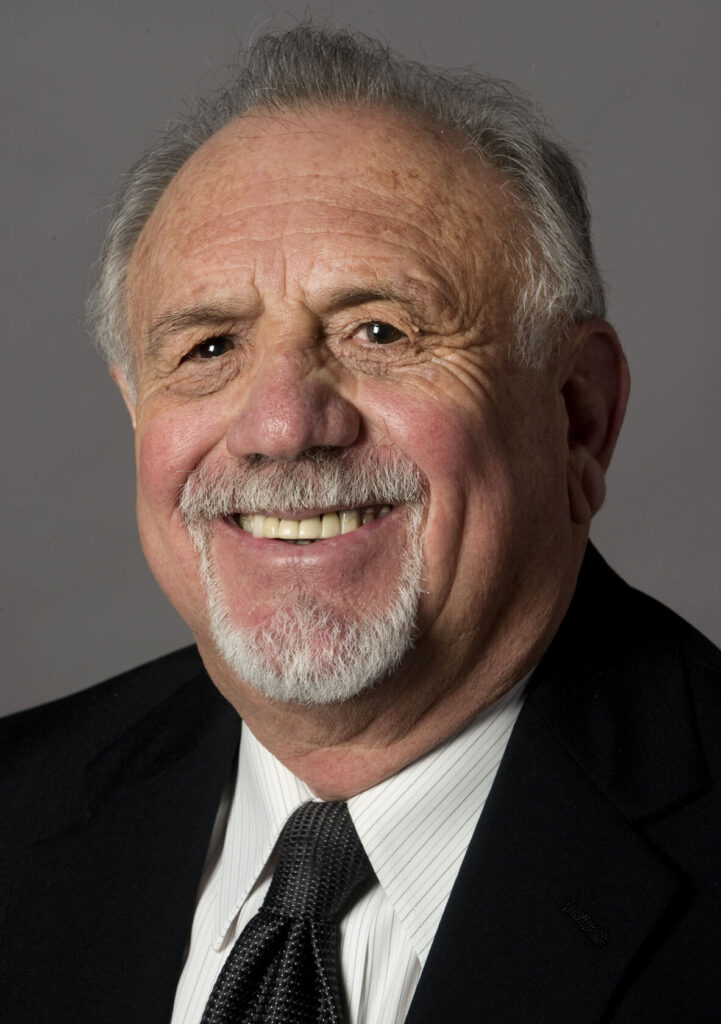Workers deserve protection from Colorado’s deadly temperature extremes | OPINION
Have you ever been so cold you couldn’t feel your fingers or toes? Of course you have. It’s Colorado, after all, and no one is immune from winter’s sting. The real question is, what did you do about it?
Most of us move indoors or huddle up in front of a heater long before our body parts go numb, or hypothermia sets in. Others don’t have that luxury. Not because they don’t have someplace safe to warm their bones, but because they feel beholden to a job, or an employer. No worker should be forced to unreasonably risk their health just to earn a living.
For years, I was one of those people. Working as a roofer in the frigid winter months in Colorado and the high plains, I carried a dozen nail guns to work with me every day, knowing several were destined to fail as temperatures sometimes plummeted as low as 45 degrees below zero. Though you can imagine what those tool-freezing temperatures might do to the human body, it wasn’t a consideration on the job site. Time is money in the labor world, and no one wants to lose a day’s pay.
Stay up to speed: Sign up for daily opinion in your inbox Monday-Friday
There were no laws in place to help protect us while working in such extreme cold, much less the sweltering heat of summer — where rooftop temperatures can easily rise 20 degrees higher than on the ground. Although it often went unrecognized, heat exhaustion was common enough to take the life of at least one fellow roofer after he grew dizzy and fell from a nearby rooftop.
As co-owner of a drywall service company now in Colorado, I recognize the need to strengthen protections for workers exposed to dangerous conditions due to extreme temperatures and I strongly support efforts to pass House Bill 1286 (“Protecting Workers from Extreme Temperatures”) in the state legislature. Employers who require workers to push through dangerous working conditions due to extreme temperatures should be required to ensure common-sense protections are in place to keep them safe.
From my experience, federal guidelines established by the Occupational Safety and Health Administration (OSHA) do not go far enough to ensure extreme temperature protections on most work sites. And enforcement is unlikely to improve, given the drastic changes to the federal government in the last month. House Bill 1286 goes a step farther by requiring employers to provide workers with shade or shelter when temperatures warrant, develop temperature-related safety plans for job sites, and make water available for workers in an effort to prevent ailments like heat exhaustion, heatstroke, hypothermia and frostbite.
Though winter’s cold is the current concern, heat is the number one cause of weather-related deaths in the United States — and it’s only getting hotter. Although Colorado has drafted heat-related protections for agricultural workers, there are currently no extreme temperature protections for the majority of indoor and outdoor workers — summer or winter — which is why I have joined the 26 organizations from the Coalition to Protect Workers from Extreme Temperatures in supporting HB-1286.
Unlike the cold, heat often goes unnoticed because it is invisible in many ways. But the fact is more people in the U.S. are exposed to high heat risks than to floods or wildfires. However, those risks aren’t shared equally. A 2021 study from researchers at University of California and Stanford University found low-income workers experience five times as many heat-related injuries than those who are the highest earners. Outdoor workers face a lopsided risk of heat-related death in the U.S., and among outdoor workers, heat-related fatalities occur disproportionately among Black and Hispanic people (Gubernot et al., 2015).
In Colorado, Latinos and other workers of color are traditionally overrepresented in jobs most affected by the extreme temperatures targeted by HB-1286 — including construction workers, landscapers, warehouse employees, line workers, truck drivers, roofers and others. So it should come as no surprise the issue of worker protection continues to emerge as a top policy priority among the state’s Latino community. In fact, a recent statewide poll commissioned by the Latino advocacy organization Voces Unidas found that more than 85% of Latino voters in Colorado supported more protections for workers exposed to extreme temperatures.
Yet it’s more common to see the authorities called when someone leaves a dog stuck inside a car on a hot day — or left outside on a cold one — than it is to hear of a laborer rescued from suffering in the same conditions.
Whether due to fear of retaliation or simply a lack of awareness, those laborers are often not inclined to stand up for themselves. So it falls to our state legislators to pass HB-1286 to ensure employers provide the basic essentials needed to protect the health of employees from the impacts of extreme temperatures in the workplace.
These are the workers that power Colorado’s economy, and they deserve to be protected.
Alan Soto of Longmont is co-owner of the 2024 Best of Mile High Award-winning Flatiron Drywall Services, supporters of the Coalition to Protect Workers from Extreme Temperatures.












